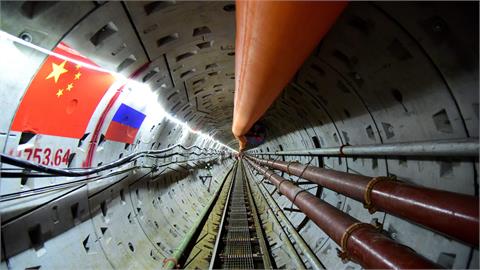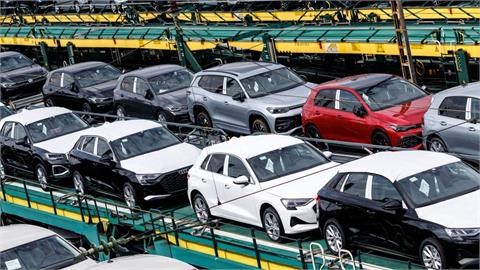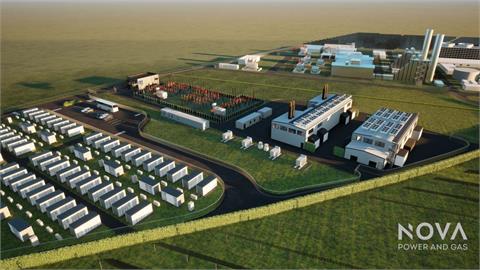The region of Southeast
European (SEE) has the capacity to be an active player on the European energy
map but to fulfill that potential it needs to addresses a number of issues
affecting its energy mix, including dependence on energy imports, dilapidated
production facilities, transmission and distribution losses and inefficient
infrastructure, advisory firm A.T. Kearney said.
The SEE region is overly dependent on carbon-intensive coal and is not fully
exploiting nuclear energy and natural gas. The SEE countries as a whole emit
nearly 30% more CO2 to supply one unit of energy, relative to the EU27 average
and remain highly dependent on imports of crude oil, petroleum products,
natural gas, and transformed electricity, A.T. Kearney said in a recent
regional report which covers Slovenia, Croatia, Bosnia and Herzegovina,
Montenegro, FYROM, Serbia and Kosovo.
The advisory firm encourages SEE countries to work together to optimize
technology and invest in equipment to quell losses in production, transmission
and distribution of electricity, to attract more private investments in
renewable energy and align their legislation to the directives of the EU Third
Energy Package.
On the backdrop of the Ukraine conflict between the EU and Russia - which has
made SEE and EU energy security an even more pressing issue, better and smarter
cooperation among all regional and EU stakeholders would be essential in the
next few years, with developing a joint SEE master energy master plan being an
essential component, the report said.
DEMAND FOR OIL PRODUCTS OUTSTRIPS DOMESTIC PRODUCTION
The demand for petroleum products outstrips domestic production as SEE
countries have very limited oil supplies, making them largely net importers of
crude oil. Only 20% of the oil refined in SEE refineries comes from oilfields
within the region due mostly to the depletion of existing oilfields and few
opportunities for new exploration.
At the same time, some SEE countries, such as Serbia, have significant reserves
of shale rock suitable for oil production, but so far they have not acquired
the technology or developed a business case to exploit these resources, the
advisory firm said.
SEE REFINERIES NEED TO OVERHAUL BUSINESS MODEL
Findings cited in the report suggest that within the next three to five years,
all but one of the six SEE refineries will need to change their operating
models, undergo regional consolidation, or even close their doors as they face
overcapacity and a lack of operational efficiency while producing limited
amounts of value-added petrochemical and lubricant products.
On this backdrop, SEE refineries have options going forward, including pursuing
cross-border collaboration and consolidation - Slovenia and Croatia, for
instance, could integrate their supply chains, allowing Slovenia to secure some
of Croatia’s spare refining capacity; securing a more cost-effective supply of
crude; and developing smarter investment strategies.
GAS LINKS/LNG INFRASTRUCTURE, POWER TRANSMISSION EFFICIENCY IN FOCUS
Gas pipeline and liquefied natural gas terminal infrastructure that connects
SEE to gas-rich regions will be crucial to establishing a sustainable supply,
A.T. Kearney said, recommending that SEE countries speed up the development and
implementation of EU-compliant legislation that promotes competition in the gas
market.
On the electricity market, the SEE region could bridge its import gap by
improving the efficiency of transformation, transmission, and distribution.
At the same time, the region's electricity generation infrastructure -
particularly its thermal power plants (TPPs), is in need of improvement, the
report said. "Many TPPs are approaching the end of their life cycles (most
will be shut down over the next five to 10 years), which means countries will
need to invest heavily in new thermal generation capacity."
Source: SeeNews
Related content
Monday, 22 December 2025
Monday, 22 December 2025
Wednesday, 17 December 2025
Wednesday, 17 December 2025



